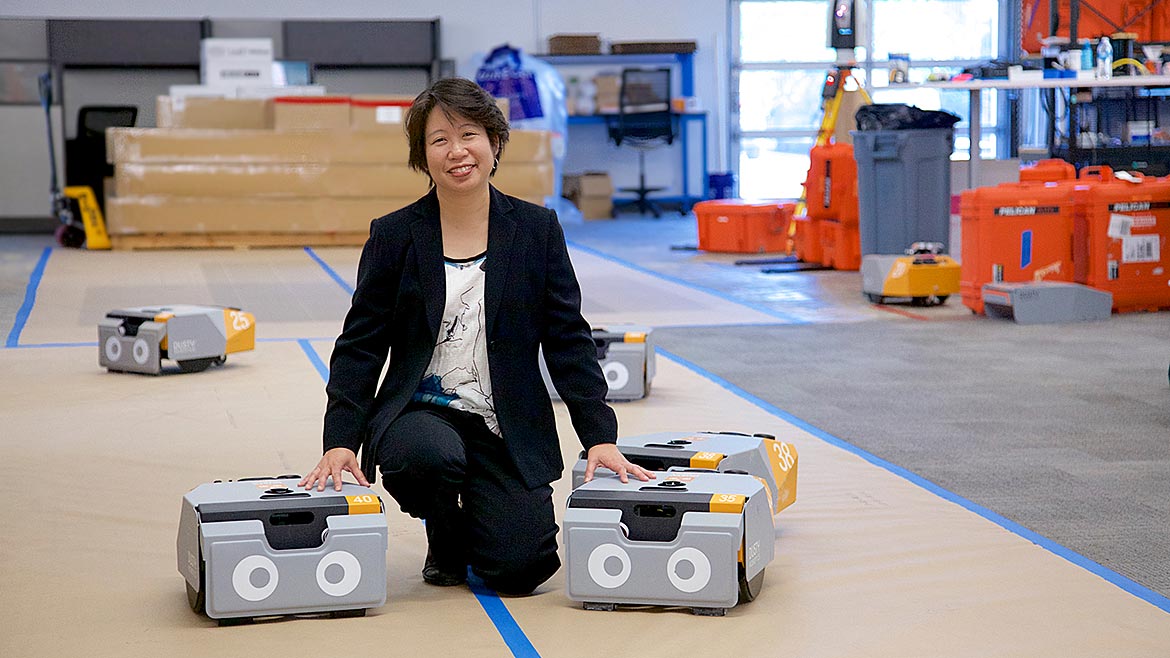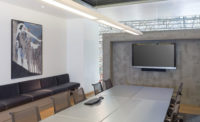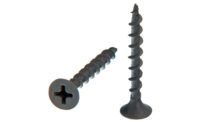Wall location is one of the most critical factors in the construction process, accounting for more than 70 percent of all layout. Even minor mistakes in the layout process can lead to considerable delays and unexpected additional expenses. However, with the advent of robotic automation, drywall companies now have an unparalleled level of precision that is increasing layout accuracy and reducing risk.
With robotic layout automation, the digital BIM models of the project are printed directly on the site floor, eliminating the need for manual chalk lines and reducing the potential for measurement errors and inconsistencies. This BIM-to-Field layout innovation provides an end-to-end solution that can print all wall types, styles, and details, and ensure accuracy and completeness throughout the layout process.
BIM-to-Field layout not only enables accurate, automated wall layout but also offers the added benefit of printing the layouts of multiple trades simultaneously, which minimizes the risk of conflicts and costly rework. This collaborative robotic layout platform is becoming an essential power tool for drywall companies seeking to optimize their productivity and minimize delays.
Increase Collaboration with Synchronized Multi-Trade Layout
Automated robotic layout provides a collaborative platform that enables all trades to work together effectively and efficiently.
With traditional layout, each trade is responsible for taking their own shop drawings and marking them on the site for installation. This siloed approach can lead to conflicts, often discovered weeks or months after installation has started, causing costly rework and delays. Automated robotic layout eliminates these issues by allowing all trades to work together in real-time, building a strong communication foundation and ensuring compatibility and accuracy.
Robotic multi-trade layout prints all layout in a single pass by taking files directly from the coordinated BIM model and printing them directly on the floor. This enables foremen from various trades to walk the floor together and identify and resolve any conflicts before installation starts. By addressing conflicts early in the process, rework is reduced or eliminated, which helps drywall and other trade partners to protect their profits. This collaborative approach not only increases efficiency but also enhances the quality of the project, ultimately resulting in better outcomes for all stakeholders.

From BIM Models to Robot Ready Drawings
Robotic layout operates off of digital BIM models. During the file preparation process, each object in the file is customized by a Virtual Design and Construction engineer, who selects line styles, text height, and line color.
The data is organized into layers, akin to those in AutoCAD and Revit, with each layer configured to print with a different style and color. By assigning each trade its own layer or set of layers, their printed layout can be distinguished from that of other trades. Once the layers are combined for printing, the full layout can be printed in a single pass over the floor, saving time on the schedule and enabling installation to begin immediately after a section of the floor has been printed.
Even drywall companies without an in-house VDC team can remain competitive by partnering with a Dusty-certified VDC partner who can prepare their data into “robot-ready drawings,” enabling them to take on jobs requiring BIM coordination at an equal footing with companies that have already invested heavily in BIM.
Robot-Powered Tools for the Modern Construction Workforce
Foremen and superintendents responsible for layout realize significant benefits from automated robotic layout. Rather than spending weeks on hands and knees snapping chalk lines, a layout robot can quickly and easily print the entire layout with far more accuracy and precision than traditional methods.
Set up requires only a CAD file, control points, and a clean floor. And operation is simple for nearly all members of the work crew—from young technology experts to those on the verge of retirement. The operator selects a region of the floor using a tablet interface, presses the “play” button, and the robot begins printing. The operator has full control over the system, can direct the robot to specific areas, and verify dimensions while coordinating other tasks on the job site.
Optimize for Clear, Concise Communication
Robotic layout is significantly improving communication among crews and teams by providing clear instructions, which provide significantly more detail than other methods, while reducing errors and delays. For example, on sites where one side of a priority wall needs to be drywalled before the other, the foreman can print text on one side of the wall saying “rock this side first”—ensuring that the crew follows his direction even when he’s not directly supervising their work.
Another example is having the layout robot print the text “align to existing” next to a wall, instructing field crews to frame a wall aligned with an existing mullion or column, rather than where it is printed.
A New Generation of Construction Layout
The use of robotic automation for wall layout is greatly enhancing the efficiency, accuracy, and safety of the construction process. Not only does it reduce the potential for errors and streamline the process, but it optimizes collaboration between crews and trades and increases safety for workers. As more drywall companies adopt robotic layout for their projects, we can expect to see better, more precise outcomes and significant cost savings across the board.






Report Abusive Comment